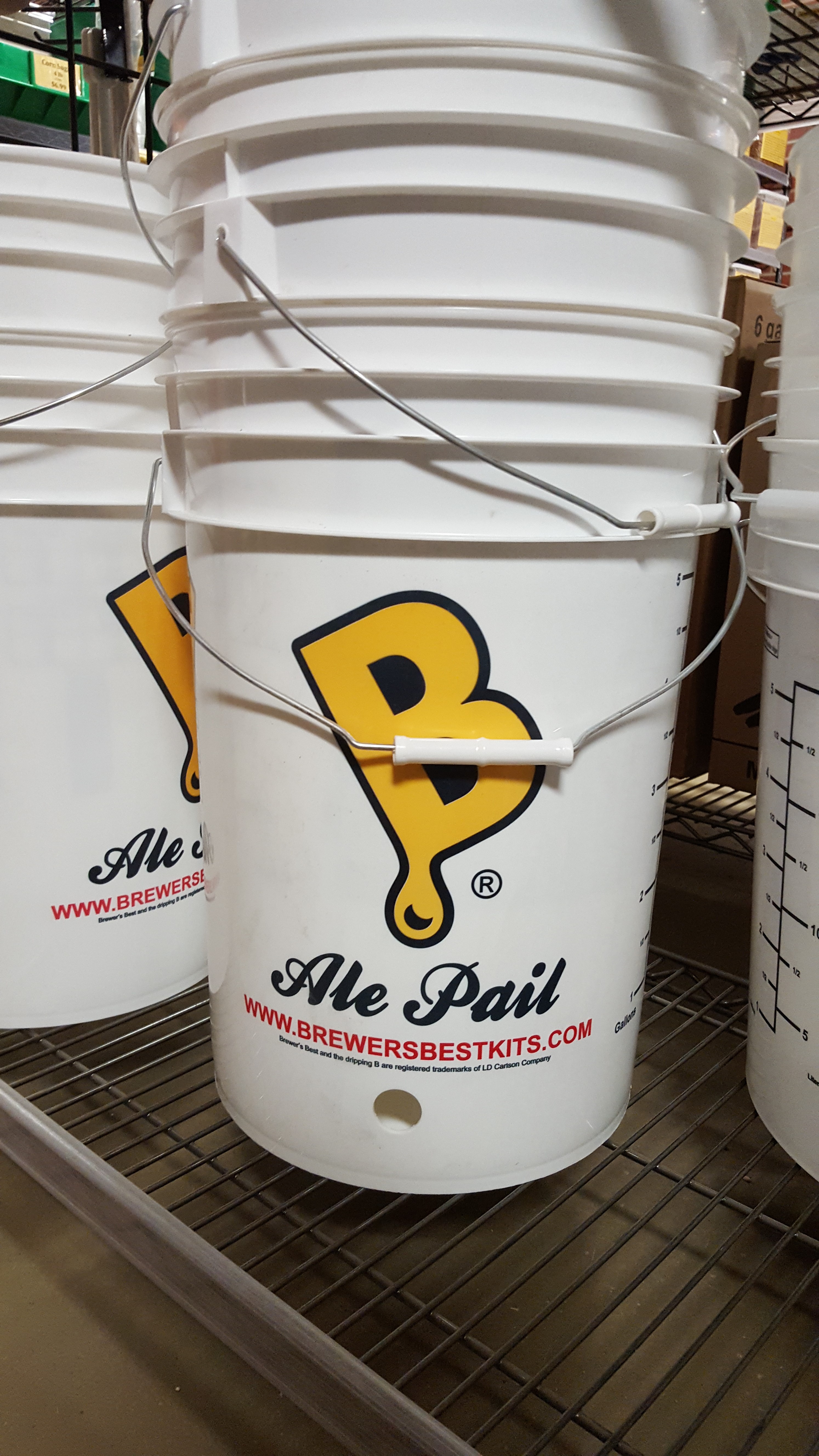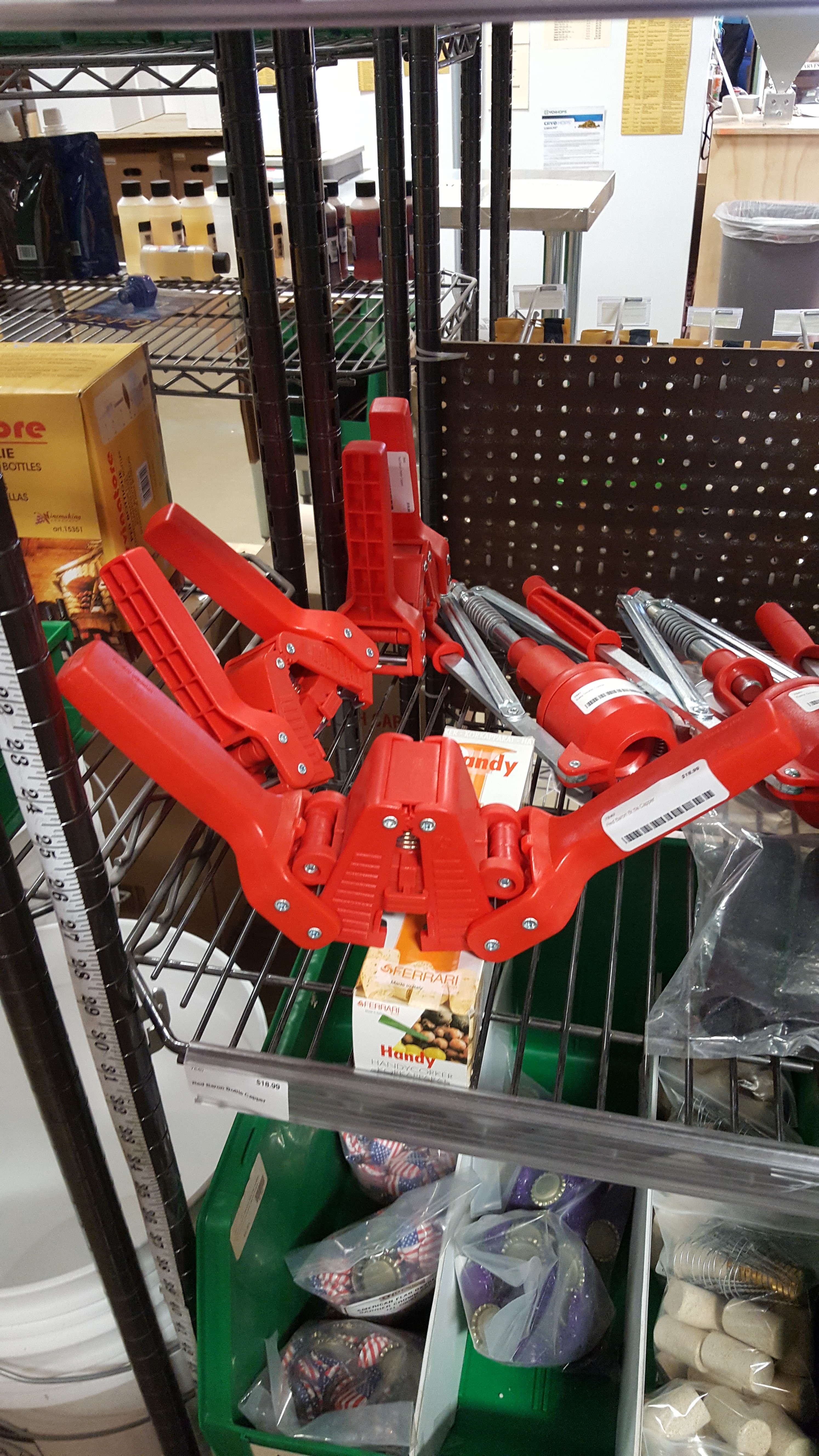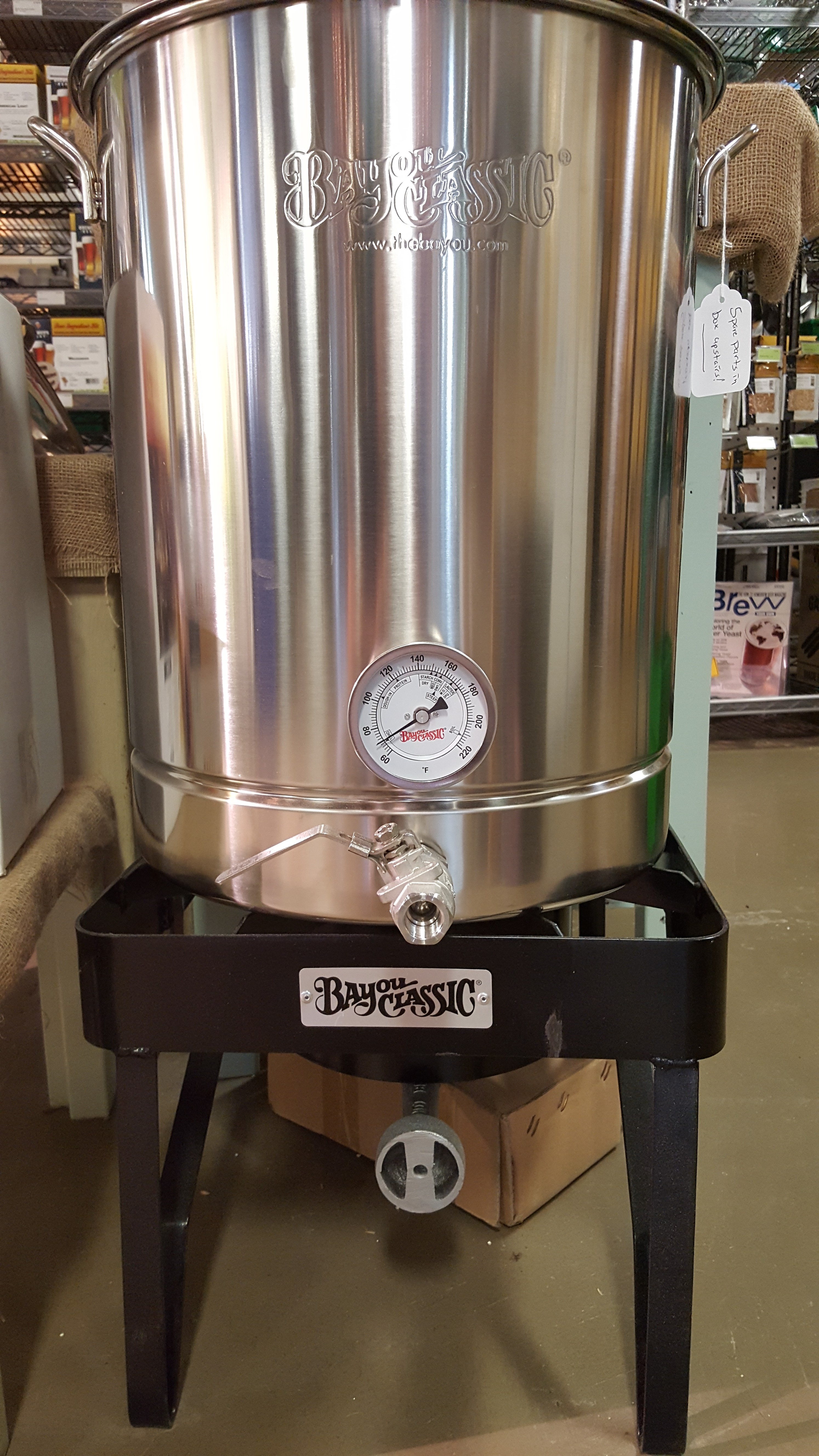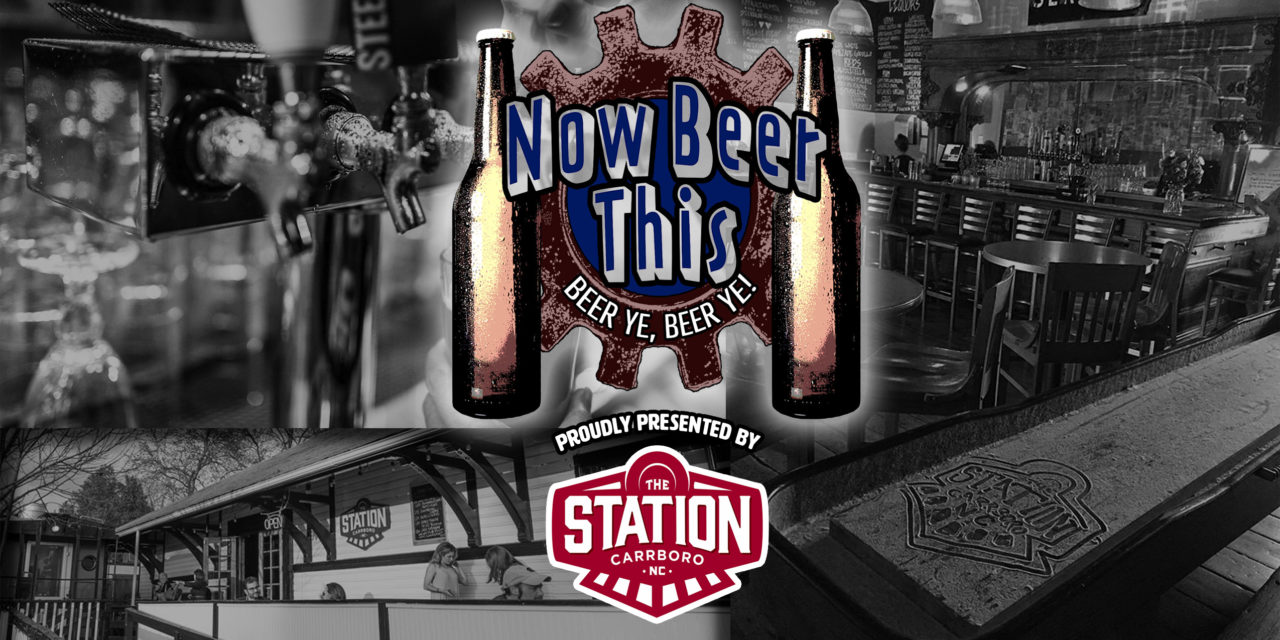How to Get Started In Homebrewing
(and Some Completely Unrelated Divorce Attorney Recommendations)

You can ferment beer in a bucket! Who knew?
“Jeff,” my friends say. “You make fantastic beer — and in your kitchen, no less! How do you do it? How can I do that?”
So begins the corruption of another generation. Before they know it, their minds are cluttered with thoughts of heirloom barley malt, hop varietals and weird acronyms like SRM and IBU. Every number they hear is a potential gravity calculation that they convert back and forth from Brix to Plato. Somehow, their home begins to always smell of wort.
I exaggerate, of course. While it may be more than a little time and mind consuming, home brewing is a fantastic hobby. Like anything, you can go overboard with it — but it’s all up to you. You can dabble and buy an extract kit once a year, or you can go whole hog and buy a half barrel home brew set-up that has its own mini-warehouse in your backyard. Whatever floats your boat. I will warn you, though: home brewing can become an obsession — so make sure your significant other is cool with it. He or she is going to have to spare you for hours at a time while also becoming a guinea pig for your latest brew, so you better have a talk.
So if you’re thinking about it, what should you consider before you dive in?
Be OK with failure

You will be capping your own bottles! It sounds awesome at first, but you’ll get sick of it and start kegging.
Your first beer probably won’t blow your socks off. That’s OK! The more you practice, the better you’ll get at it. One of my favorite things about brewing is learning from previous batches. Brewing is a process, and every step is a learning experience. Remember, it’s a hobby. If you have to sewer a batch, so what? You were probably drinking and having fun when you brewed it, so move on to the next one and have fun with it too.
Cleanliness is Beerliness
The unromantic truth of brewing is that the most important thing you will be doing is cleaning. There is so. Much. Cleaning. But it’s the necessary kind of cleaning, the kind of cleaning that is essential to a quality homebrew operation. Unless you want to make nothing but infected, off-tasting beers (some people sometimes call them “sours”), you have to keep things immaculately clean. It’s not fun, but it’s what you have to do. The only way to make it better is to drink, which isn’t all bad.
Brewing is Baking
You might do some cooking, and when you do, you can take liberties with recipes and still do fine. Don’t do that in brewing. Granted, you’re already cool with failure, so if you mess something up, that’s OK. But set yourself up for success! At the beginning, always FOLLOW THE RECIPE! Don’t get cute just yet. When you learn more about the fundamentals of brewing, you’ll know where you can vary from the beaten path. But don’t start out doing that or you’ll just be sad. There’s a great deal of science and chemistry at play in the process of brewing beer, and you only get to express your artistry and creativity after gaining a thorough grasp on the basic processes.
Be Patient
Brewing beer takes time. You’re looking at three weeks – at the very least – for most batches from mash to mouth. Don’t get the idea that you’re going to brew on day one and drink that beer on day two. You’ll be highly disappointed. Now once you get a rhythm going, you can always have home brew ready for consumption, but that takes a bit.

If you’re going for a more traditional and serious brewing experience, you’ll need a pretty big kettle. 3 gallons is your minimum, but 7 is way more efficient. Many people use gas burners (outside!) for more efficient boils.
Safety First
As with any hobby, there are some safety concerns. But these are minimal. You’ll be dealing with caustic cleansers, so follow labels with those. You’ll be bottling beers, so make sure not to over-prime your beers (you’ll learn what that means later) or they might explode on you. And you’ll be using a lot of water, so you may flood your home on accident. I am guilty of all of these infractions, so you’ll probably survive, but just be warned. Do your research, and make sure that you’re following instructions and taking precautions to protect yourself and your home.
If you can deal with all of that then, by all means, dive in. Go to your local home brew store and talk to the folks there. Chances are, there’s already a thriving local home brewing community right under your nose! There are kits for varying experience levels that you can buy, you can put together your own system, or you can just DIY it with some stuff you acquire. You should read about your new hobby, too! The book I found the most helpful in my brewing beginning was “Radical Brewing,” by Randy Mosher. This will really tell you all you need to know about brewing and give you tons of recipes to play with. After you feel comfortable with all of that, jump up to “Brewing Better Beer,” by Gordon Strong. You’ll level up again after reading this one, and you’ll start making more personal tweaks with more confidence and gaining consistency from batch to batch. There’s a great deal of learning and experimentation to do, and the earlier you get started the better!
Give it a try, and don’t forget: the most important thing about home brewing is sharing your home brew. Not only do you get to enjoy the fruits of your labor, you also get to hand someone else a beer and say “I made this.”
















